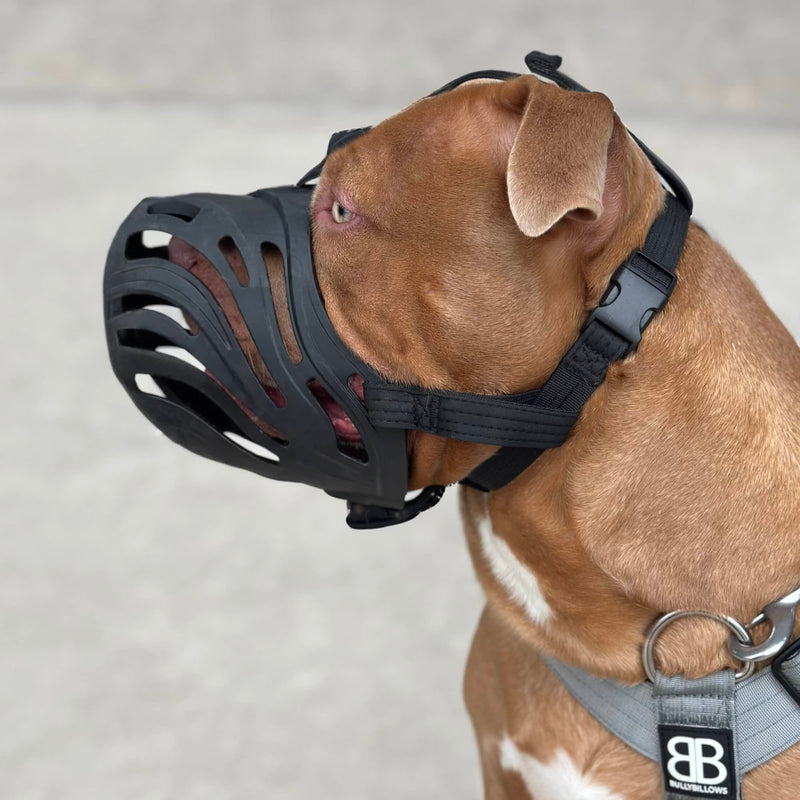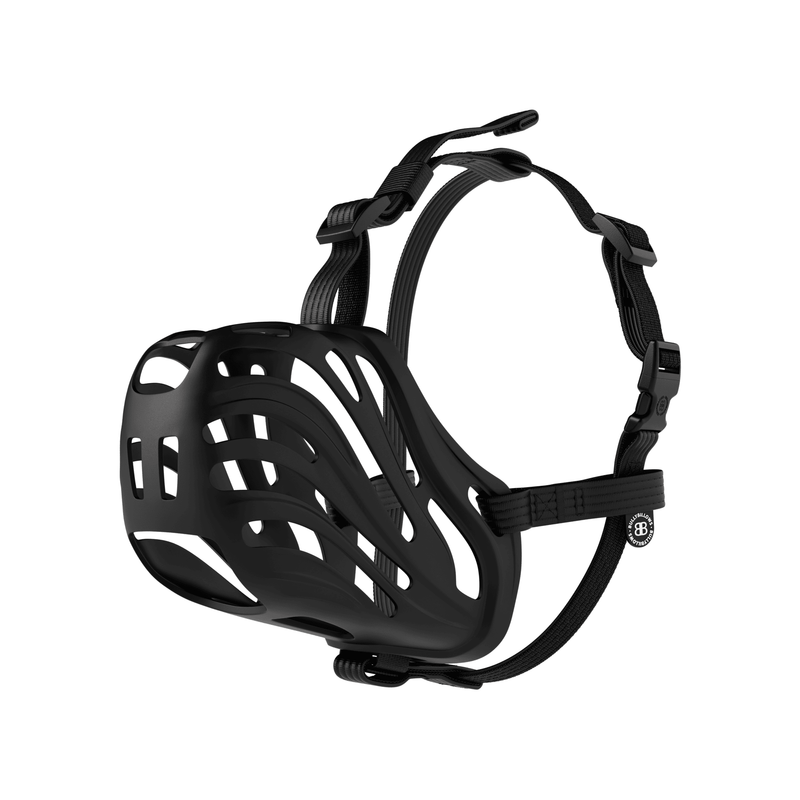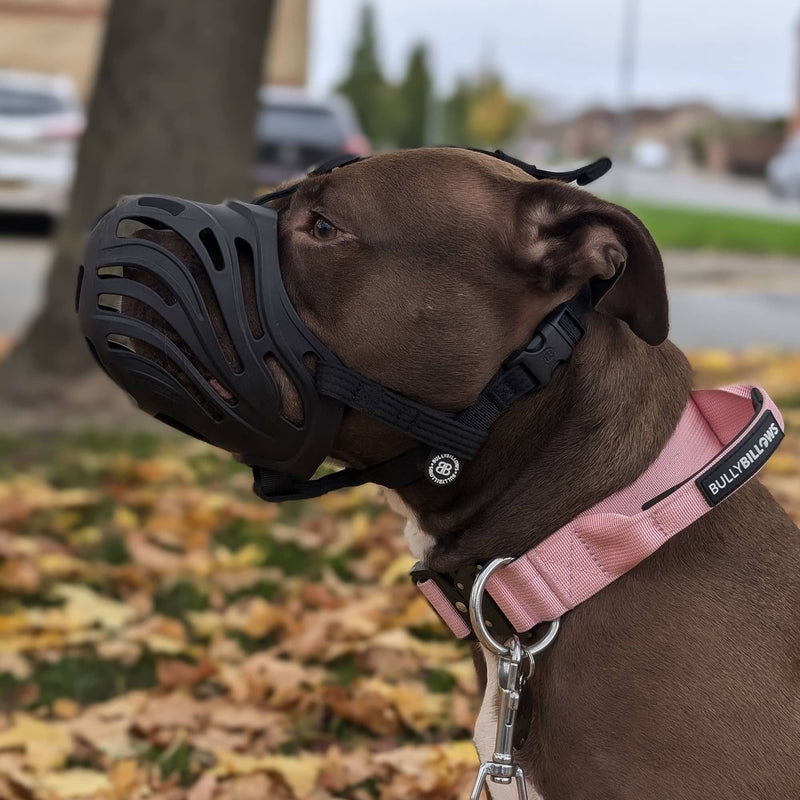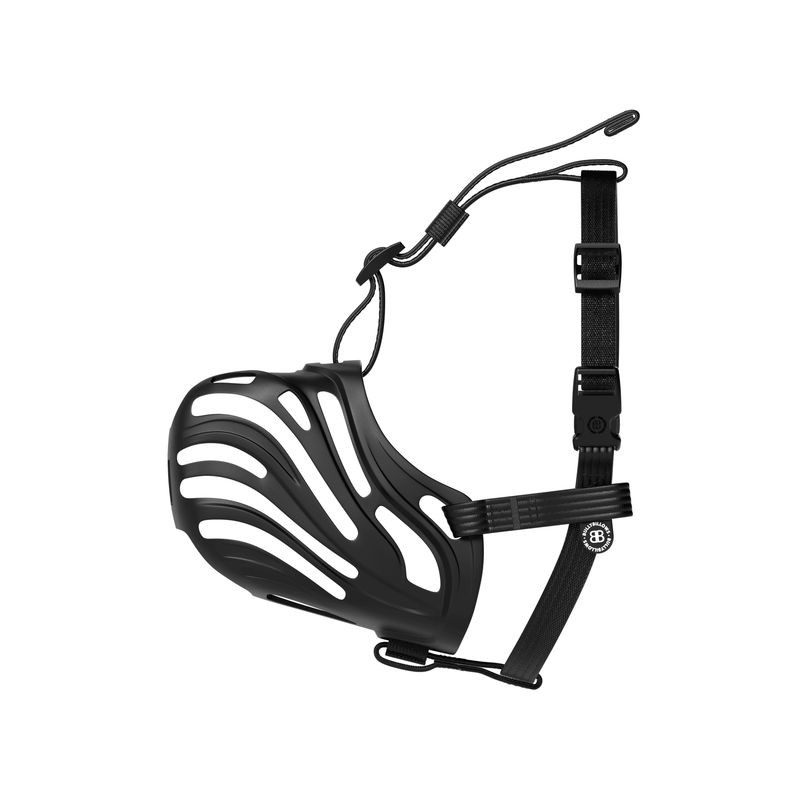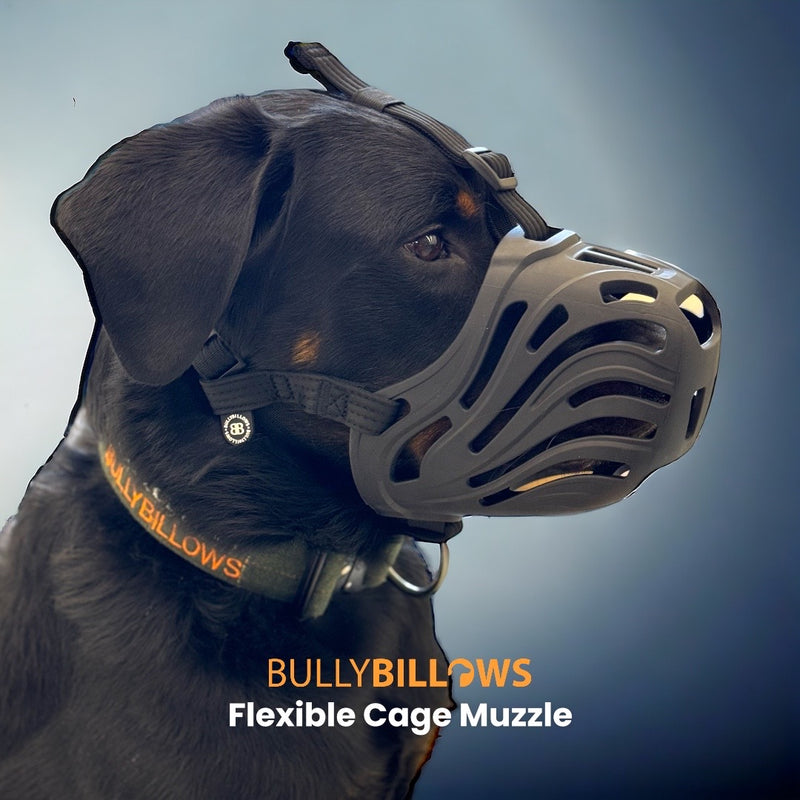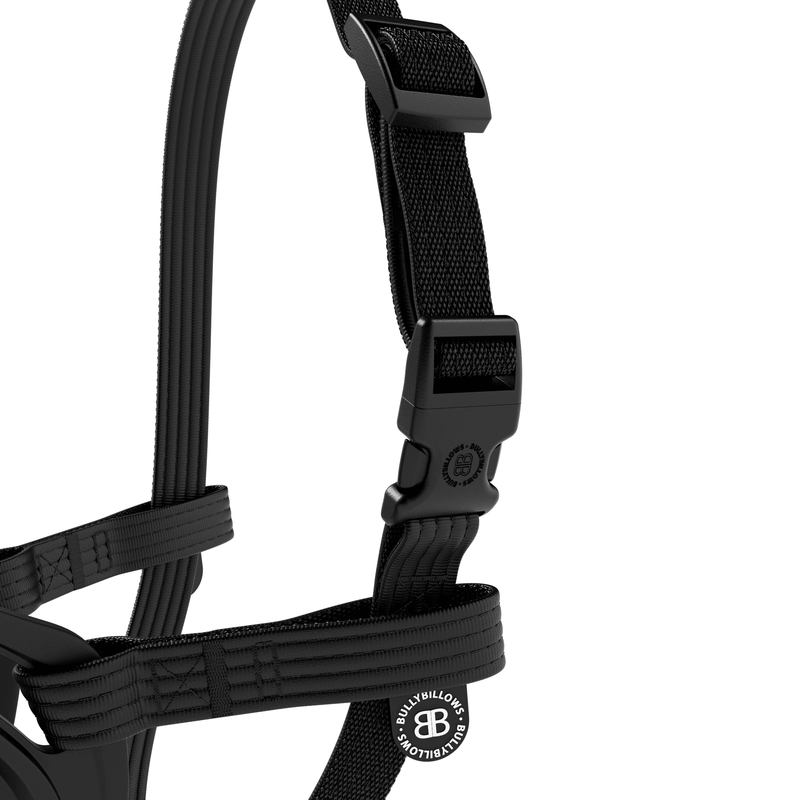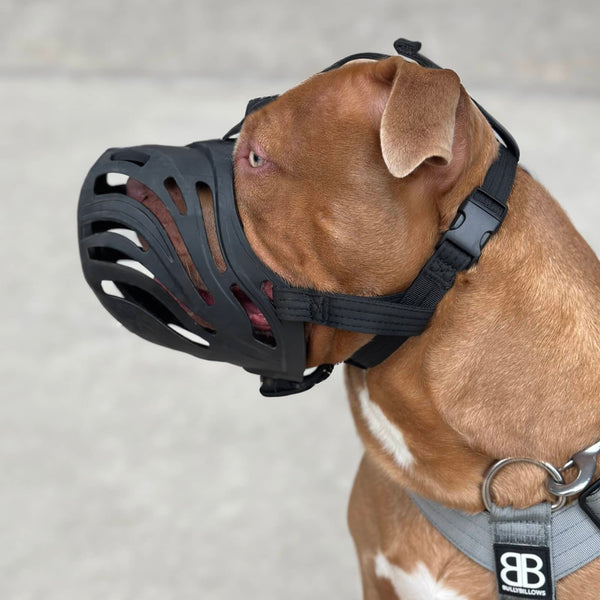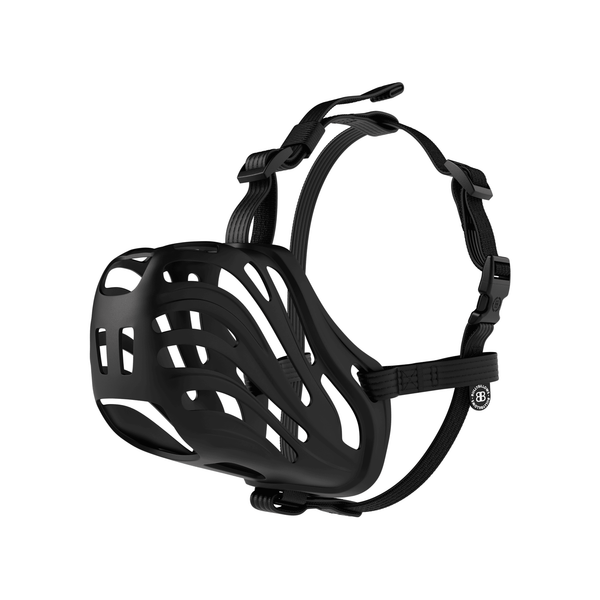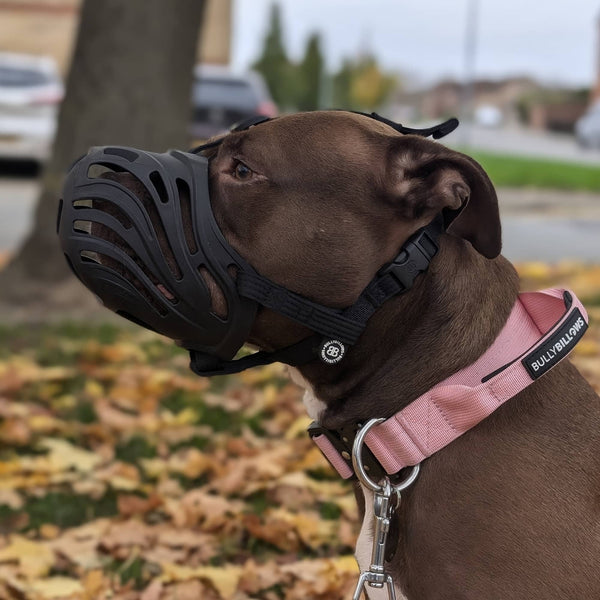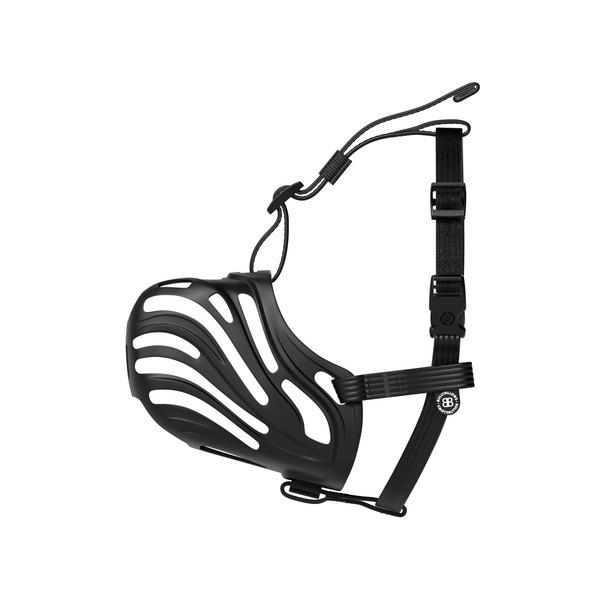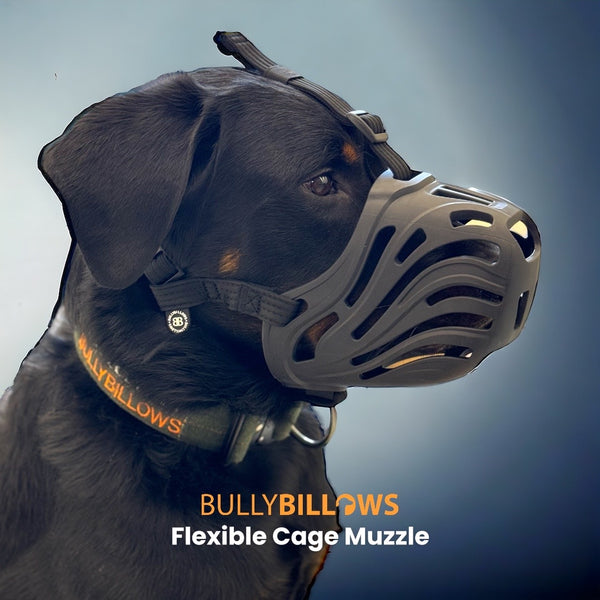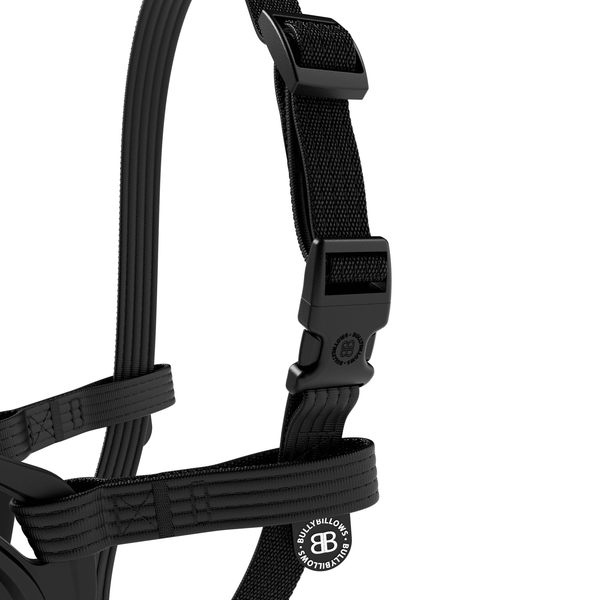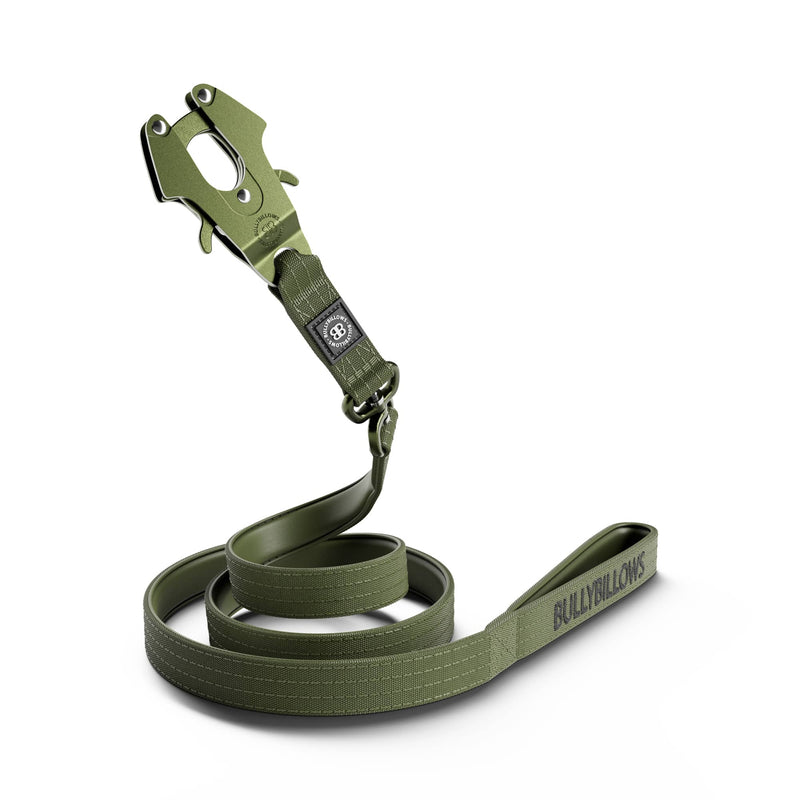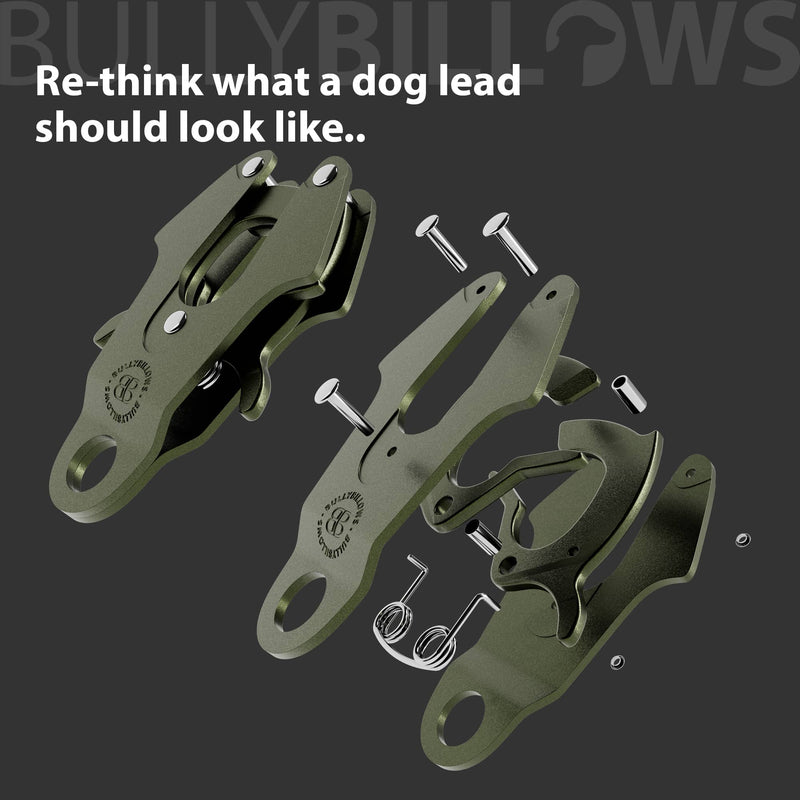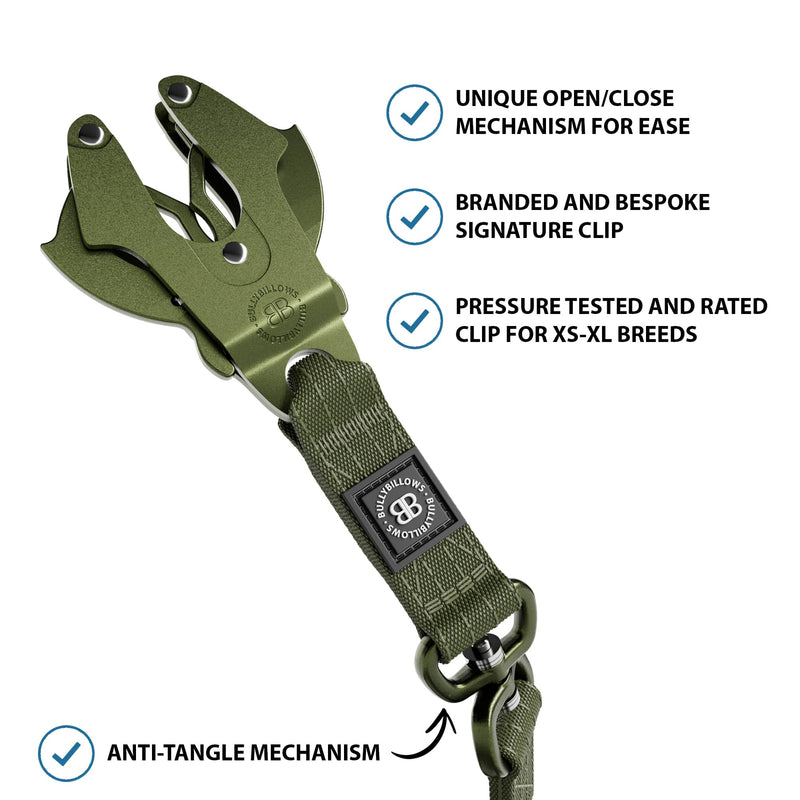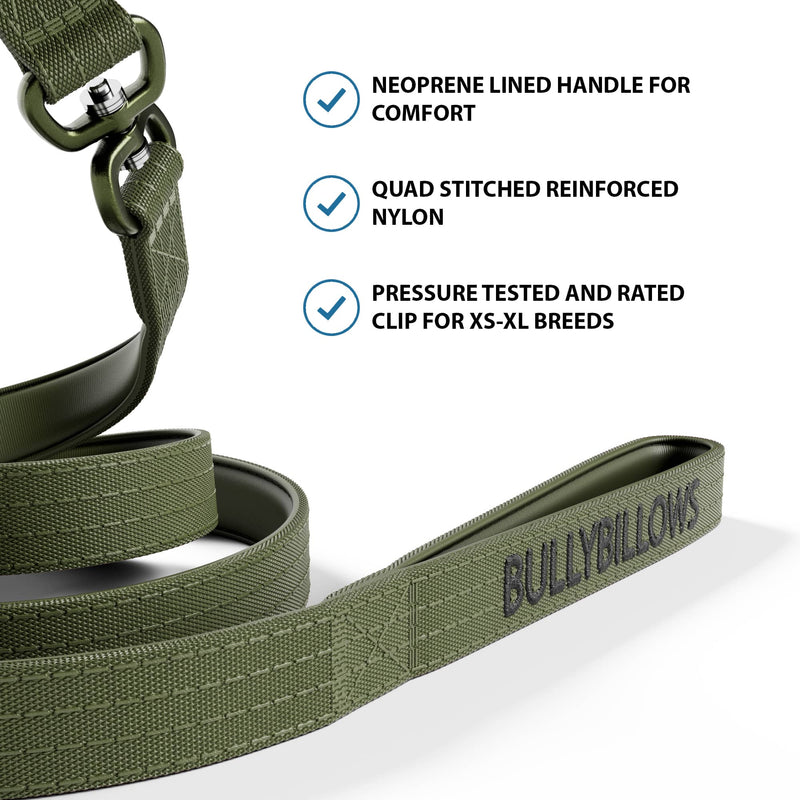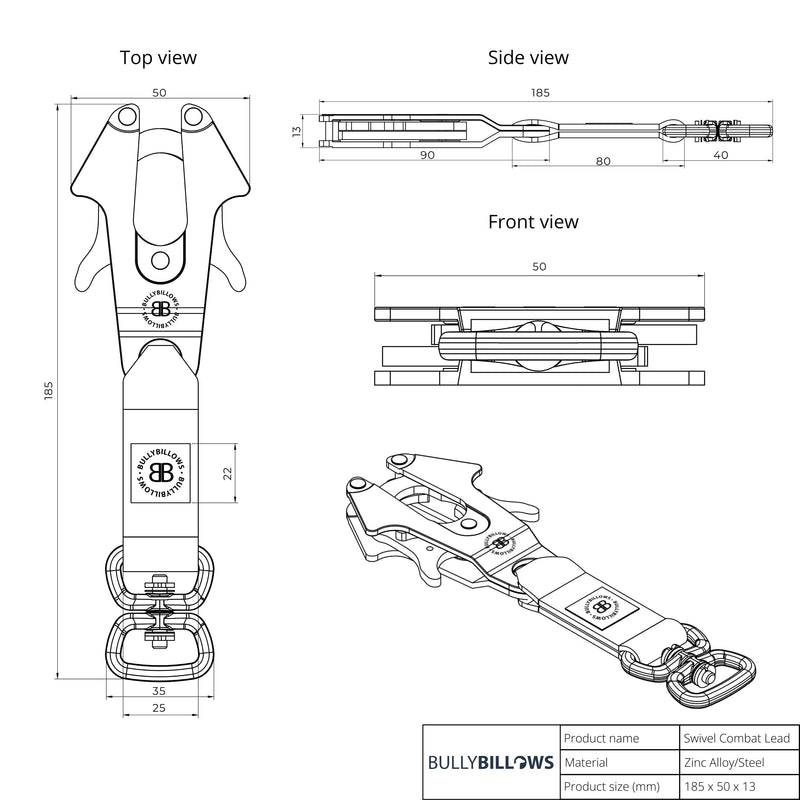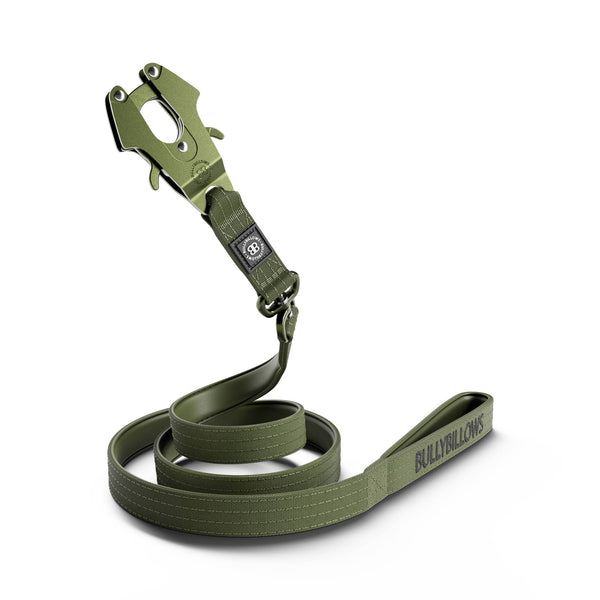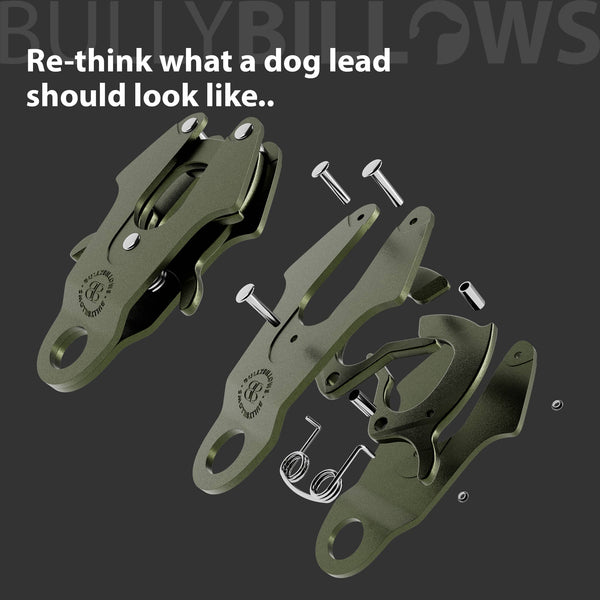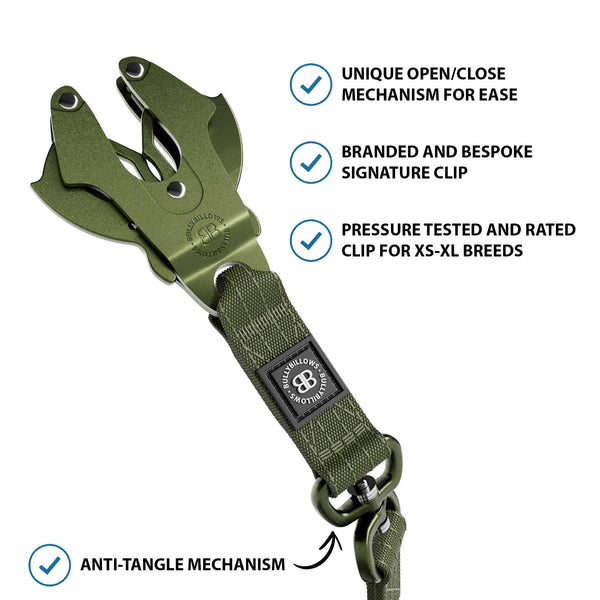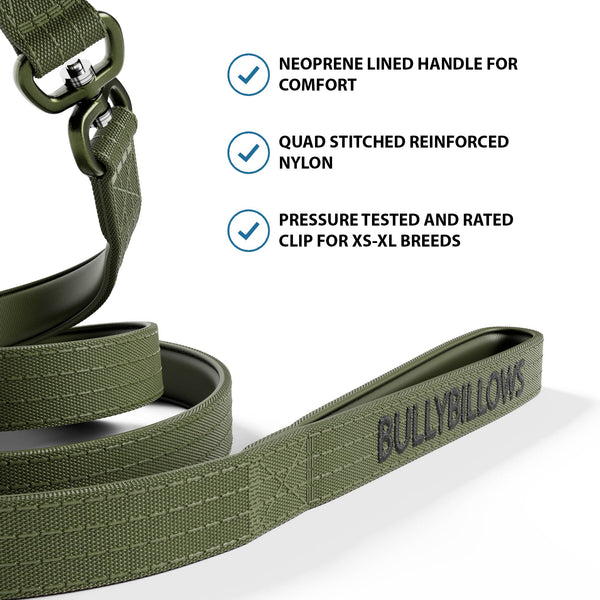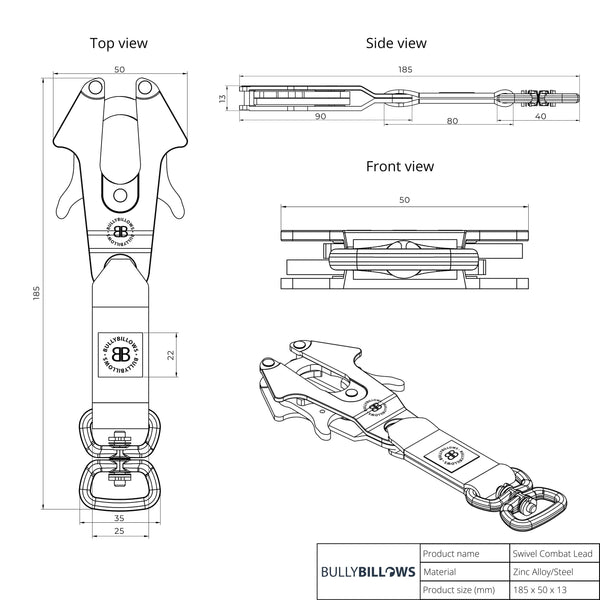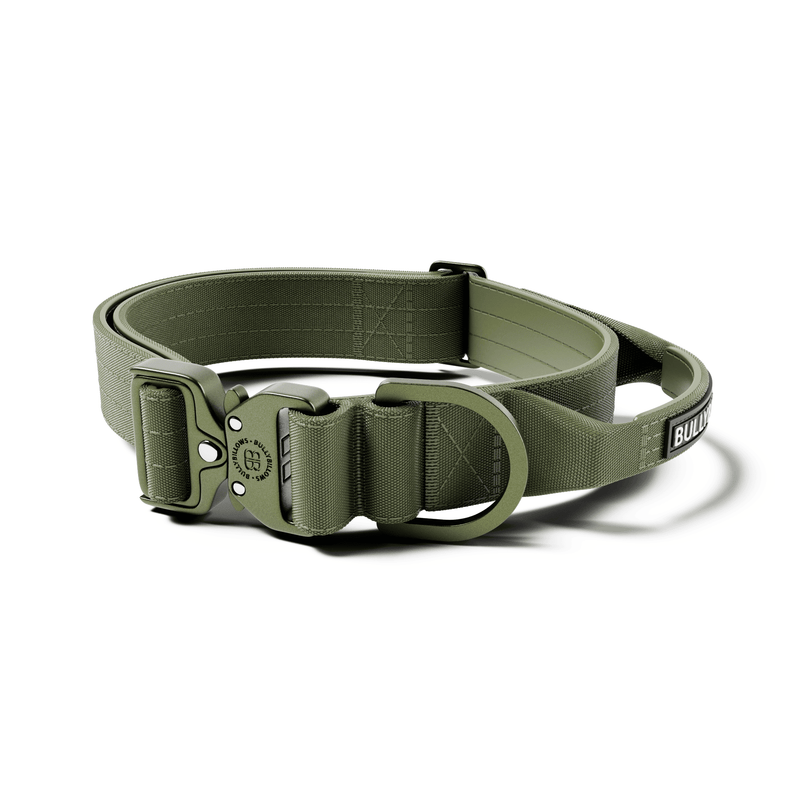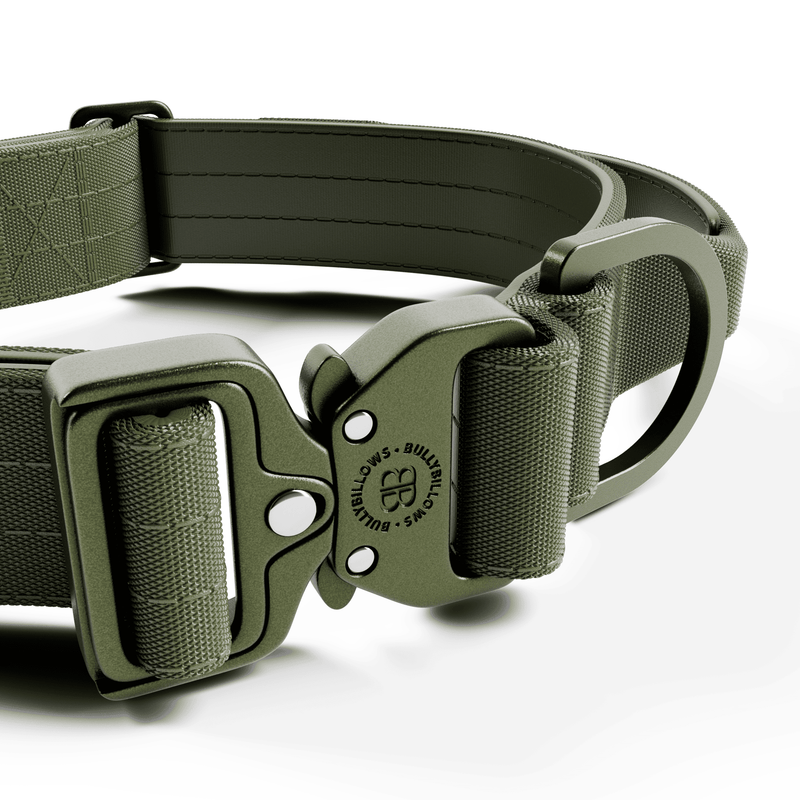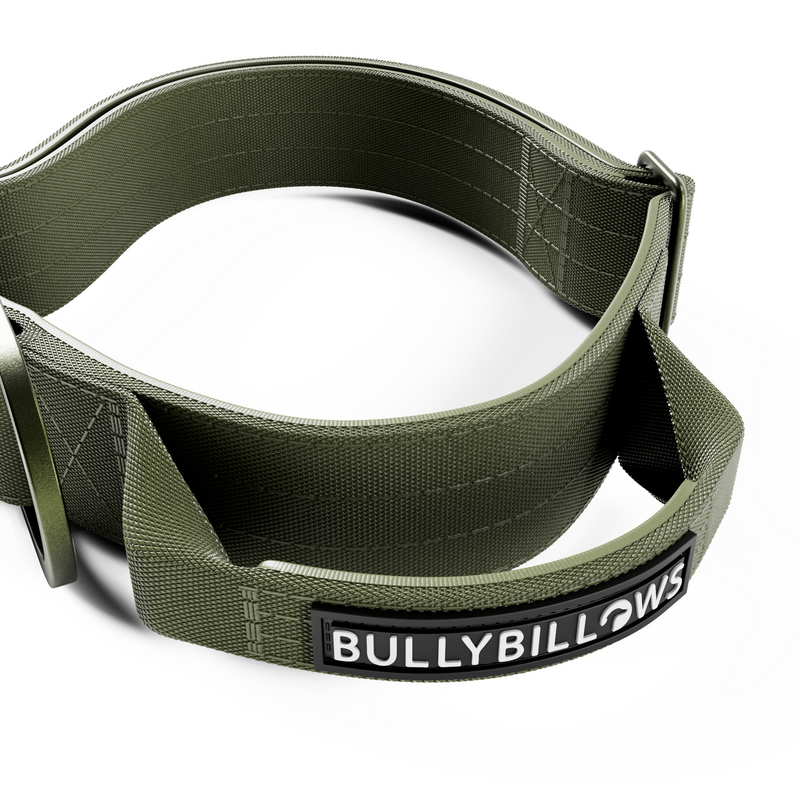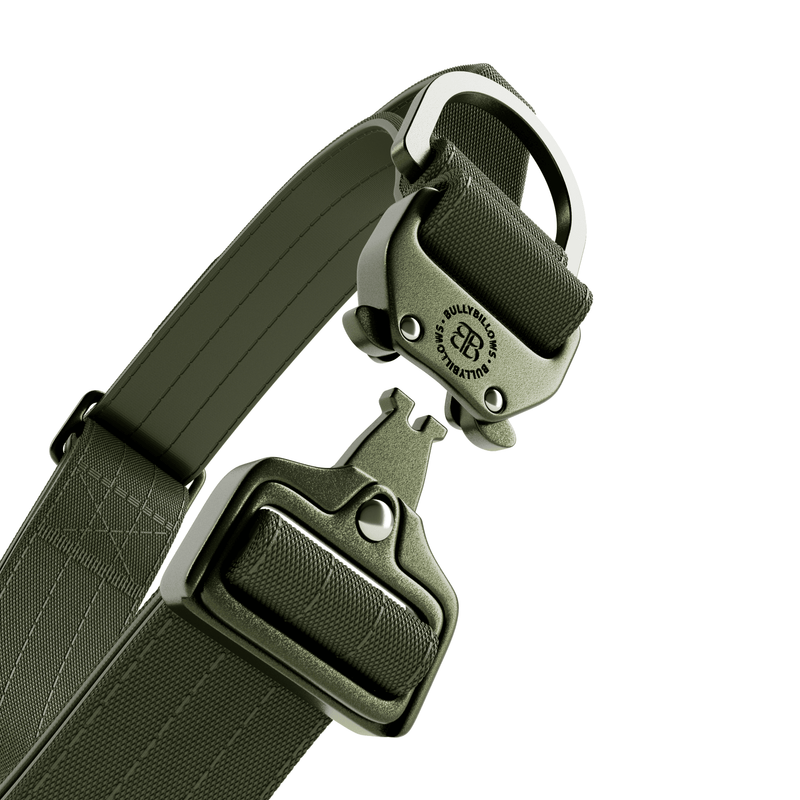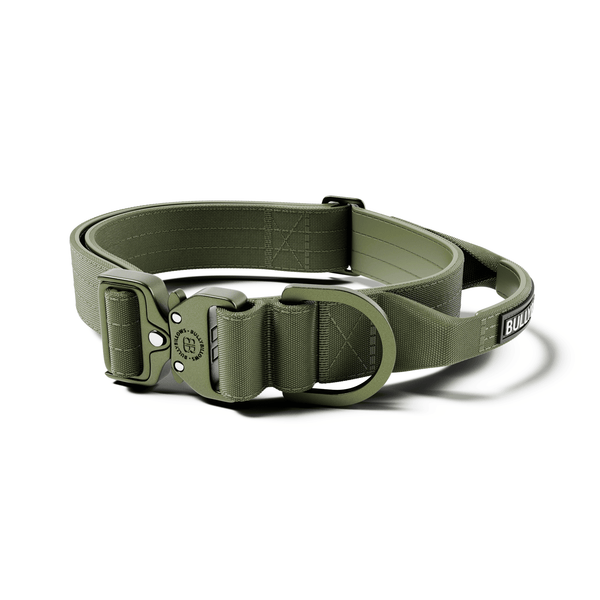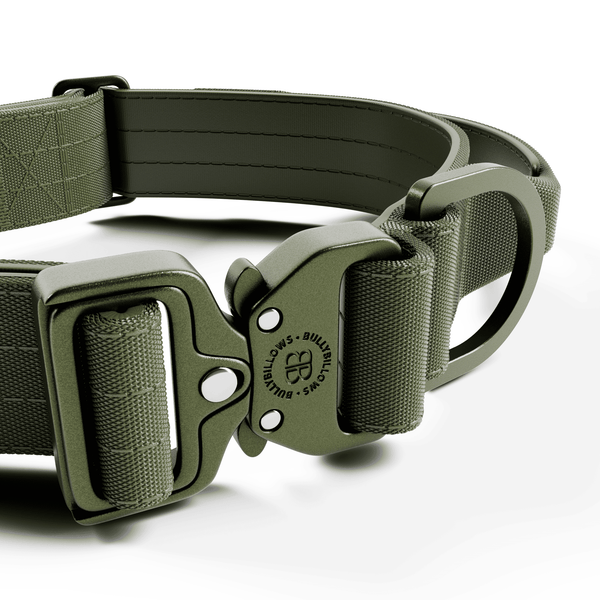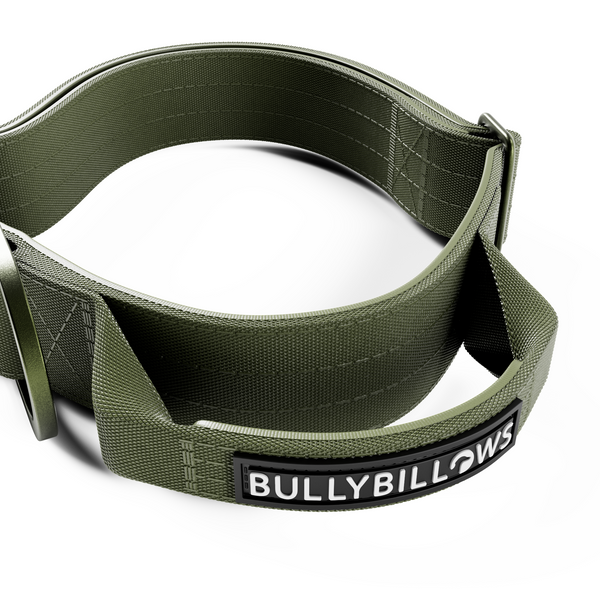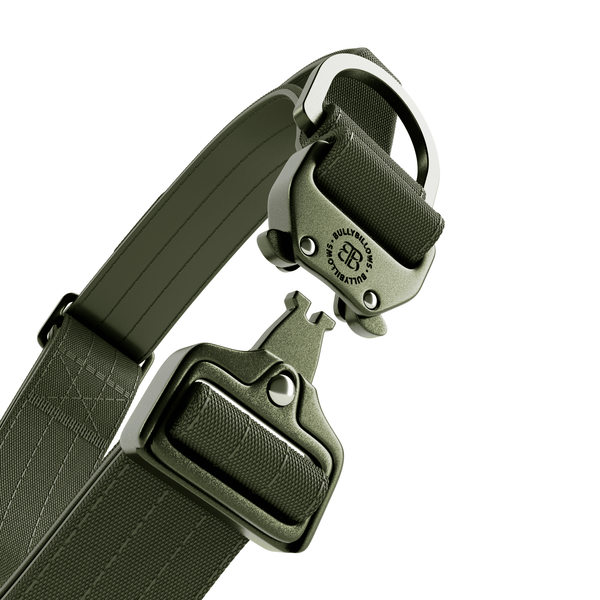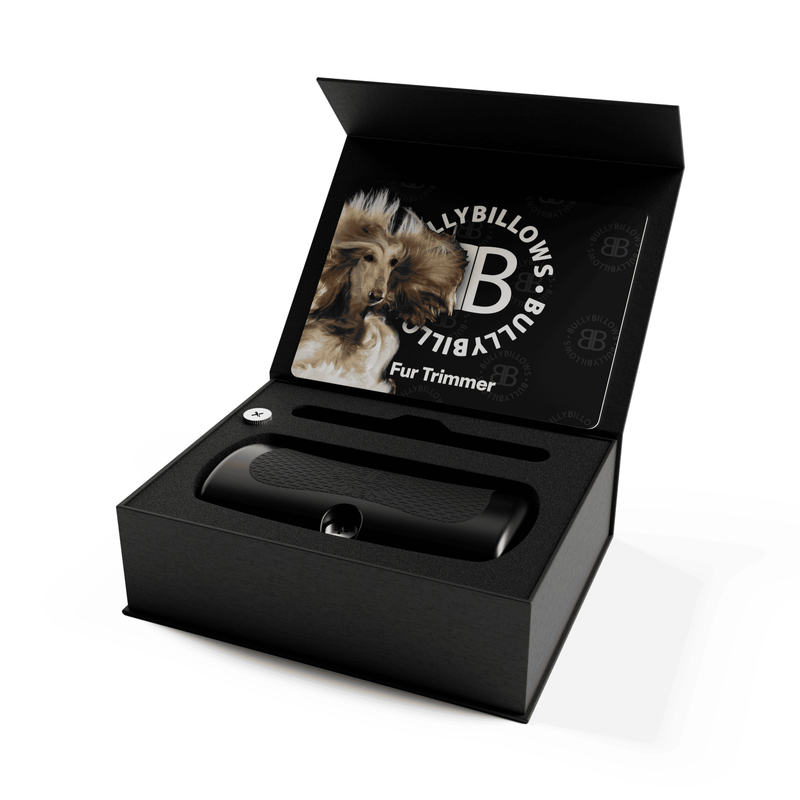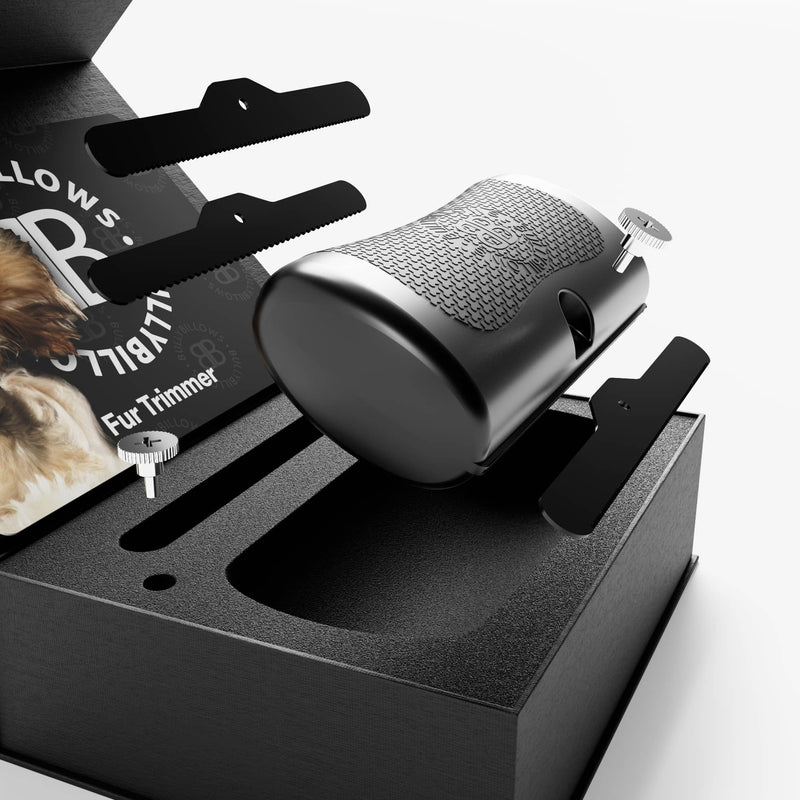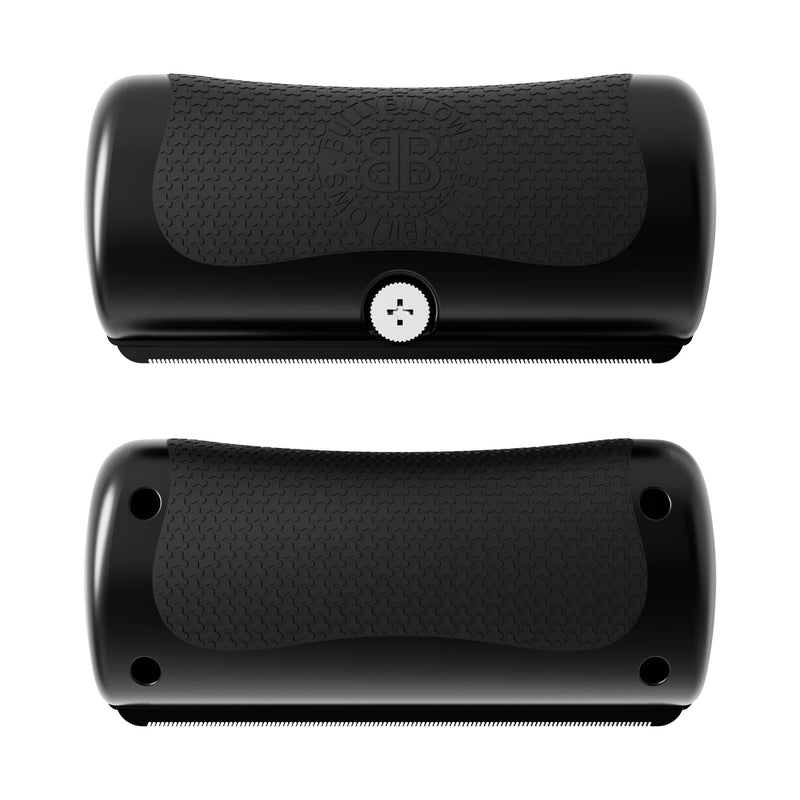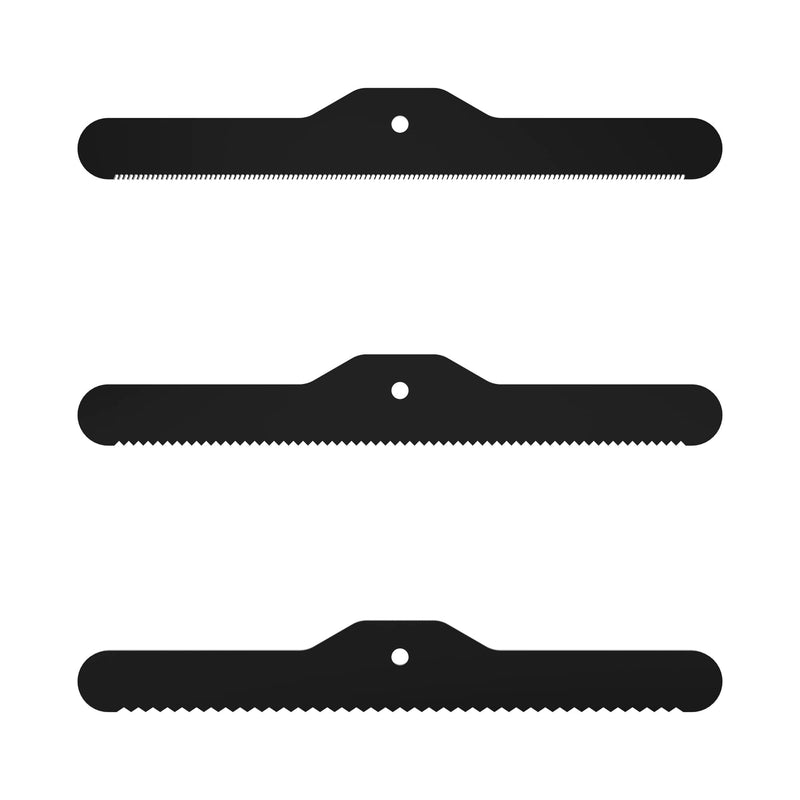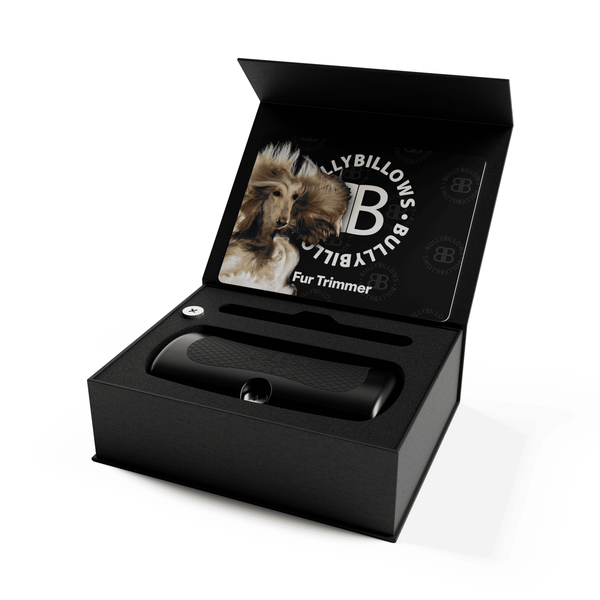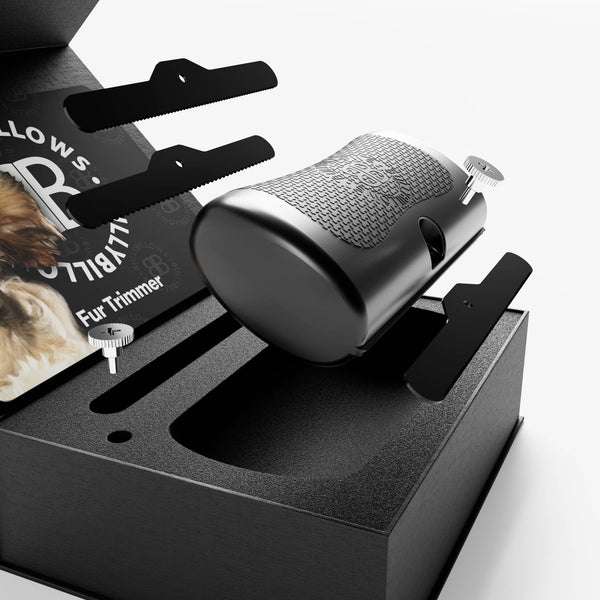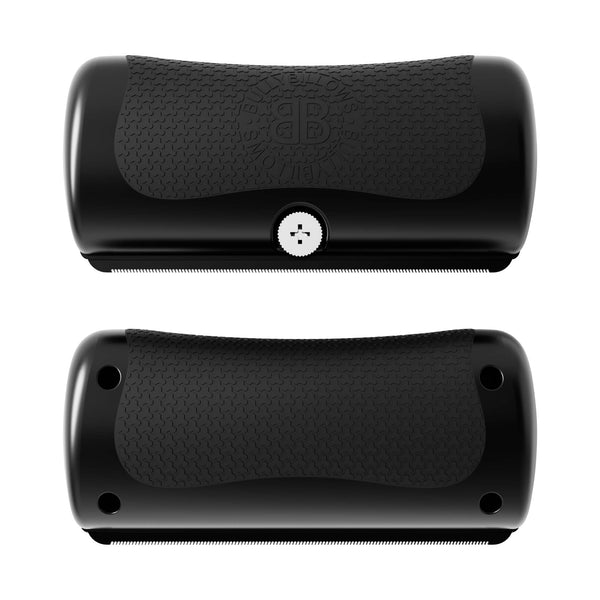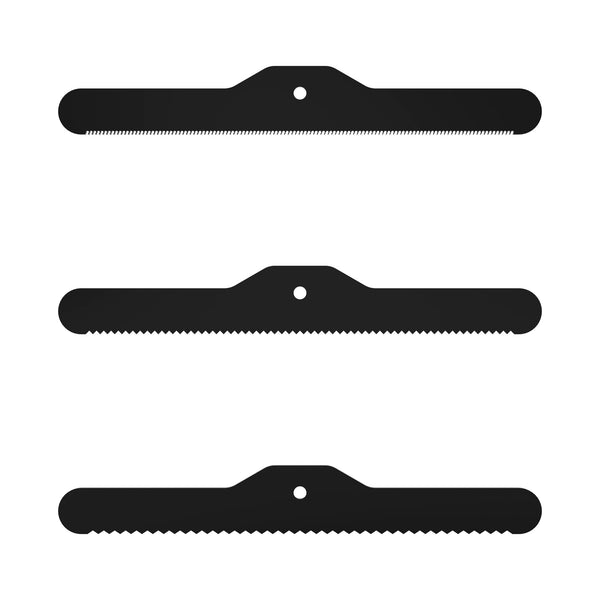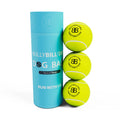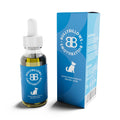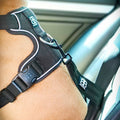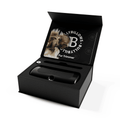Dogs are the best play buddies one can ever get. Their high energy levels are truly to be in awe of.
However, this high energy can also become a reason for the trouble. Dogs, unlike us, do not know the concept of danger. Therefore, when you take them out, they reach out for things they shouldn’t eat and explore places they shouldn’t visit. Their urge to unravel everything puts them at potential risk of getting into complications. This can lead to sudden health issues for your dogs and pups.
Therefore, whether you’re at home or outdoors, it is crucial to be prepared at all times to act quickly and constructively - to save their life.
To help you deal with such emergencies, we are here with some must-know dog first aid tips. Let’s get to know them to keep your dog safe at all times -
Simple First-Aid Tips for Dog Owners
Be Equipped With All the Essentials
Keep following things in the dog first aid kit:
- Non-stick bandages
- Adhesive tapes
- Cotton balls
- Gauze pads and rolls
- Hydrogen peroxide
- Antibiotic spray or ointment
- Milk of Magnesia (to absorb poison)
- Thermometer
- Medicine pill box
- Scissors
- Tweezers
- Magnifying glass
- Syringes
- Flashlight
- Towel
- Muzzle (Do not muzzle a dog that is vomiting, choking, coughing, or having trouble breathing.)
- Leash and collar
- Travel bowls
Also, remember to keep important paperwork, medical reports, vaccination records, veterinarian phone number, and a nearby clinic address handy with you.
We agree that some of the items of this kit will be easily available at your home. But when every second matters, keeping all things in one place can prove to be a boon.
Recognise Emergency
If you are unsure and worried about the situation, call your vet first.
The important aspect of first aid is learning to recognise an emergency. Following are some emergencies in which you must take your dog to the vet:
- If they cannot breathe or have trouble breathing
- Being unresponsive
- Have difficulty getting up
- Having seizure
- Broke their bones
- Difficulty in moving
- Consumption of toxic substances
- Vomiting or passing diarrhoea for more than 24 hours
Learn to Check the Pulse
The inner side of the upper part of your dog’s thigh is the best place to find their pulse. Keep your hand over their thigh and squeeze your finger gently. You should feel an artery pulsing at this place.
Keep in mind to use your finger instead of your thumb as the thumb has a strong pulse itself.
Time the pulse for 15 seconds and multiply 4 to the reading taken to calculate the number of beats per minute. If you have a pup, the ideal reading is 120 to 160 beats per minute. In the case of an adult dog over 30 pounds, 60 to 120 beats per minute are ideal.
Learn to Help Your Choking Dog
It is crucial to understand the choking signs and act accordingly. When something blocks the airway, it leads to choking. Dogs can choke on balls, toy parts, socks, cloth, or anything they can hold in their mouths, it goes to their airway and causes trouble breathing. On partial blockage of the airway, a dog starts retching, moving back and forth, and pawing its mouth. On total blocking, the dog cannot make any sound at all.
Remembering these tips at the time of emergency can prevent your dog from suffering. Basic training is enough to empower you with the skills and confidence to help your pet.
To prevent your dog from exploring unwanted places when you’re out, a leash is a good investment. You can get stocked with a high-quality and comfortable leash and dog collars at Bully Billows. Visit our website to get one delivered to your home!


